A place to call home: Naung Kan leprosy colony
Located just outside of Kengtung, a former trade crossroads between China and Siam, Naung Kan leprosy colony in Myanmar provides a stable and understanding environment to sufferers of one of the world’s most stigmatised diseases
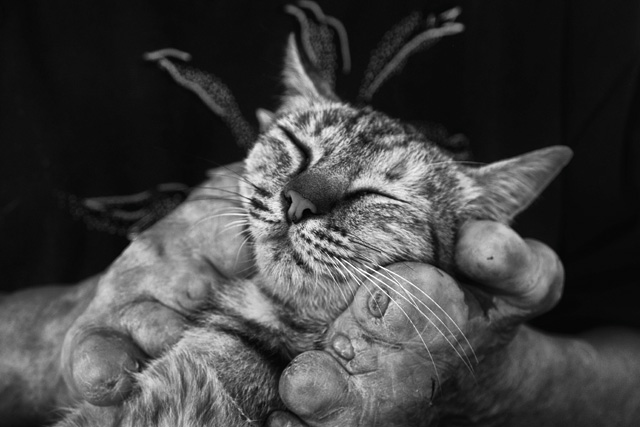
The long-term residents of Naung Kan leprosy colony have surprisingly similar stories. After contracting leprosy, also known as Hansen’s disease, many were forced to leave their mountain villages in the heartlands of the Golden Triangle. They wandered the borderlands between Myanmar and China for years until arriving at the colony, located about eight kilometres from Kengtung in eastern Shan State.
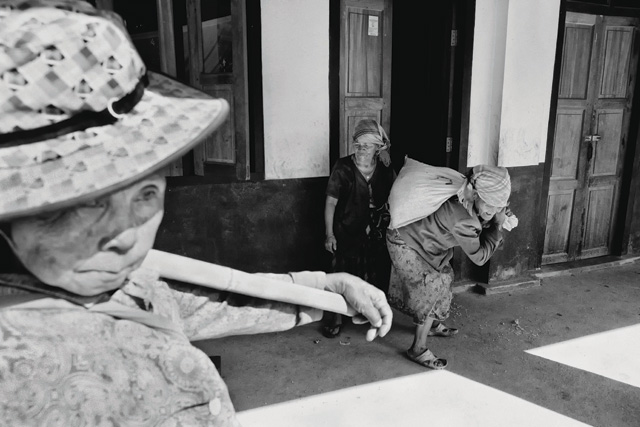
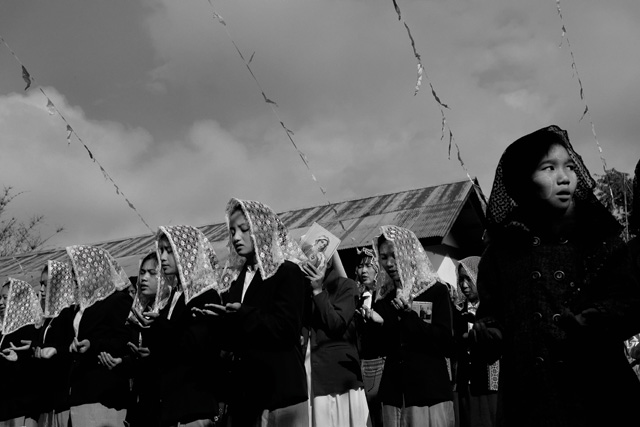
Although they are all now cured of leprosy, when they venture outside of the colony’s gates they still face discrimination.
Leprosy is one of the world’s oldest and most stigmatised diseases. It is also one of the most misunderstood. Many still think it’s highly infectious, and this is especially true in Myanmar even though it is now believed that more than 95% of people are immune to Mycobacterium leprae, the germ that causes it. The disease damages nerves in the skin, which leads to a loss of feeling that can result in unnoticed wounds festering and posing major health risks. The disease is often associated with poverty and, according to the World Health Organisation, one of the biggest obstacles to the treatment of leprosy is the “age-old stigma” still associated with the disease.
Despite years of suffering, the Naung Kan residents retain a strong sense of self, according to Sister Therese, one of a handful of Catholic nuns that manage the colony. “Culturally, they are already strong,” she said.
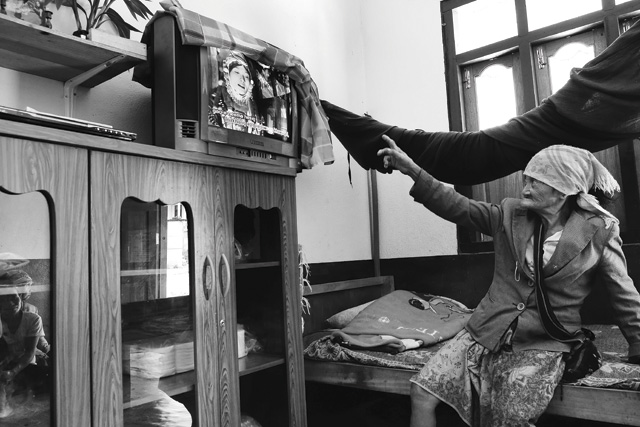
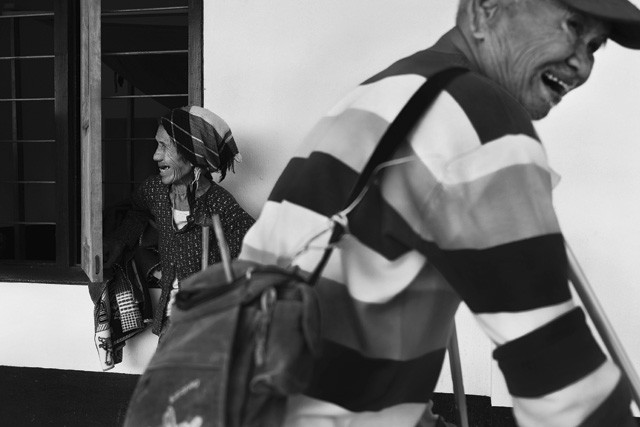
The disease damages nerves in the skin, which leads to a loss of feeling that can result in unnoticed wounds festering and posing major health risks.
And she would know; Therese and the majority of the nuns are from the same ethnic minority groups as the colony’s residents.
With thousands cured since its inception in 1934, Naung Kan is now home to 55 leprosy survivors. Most live with their families, bringing the total population to about 300. The guiding principle at Naung Kan, according to Therese, is that residents must “do things for themselves”.
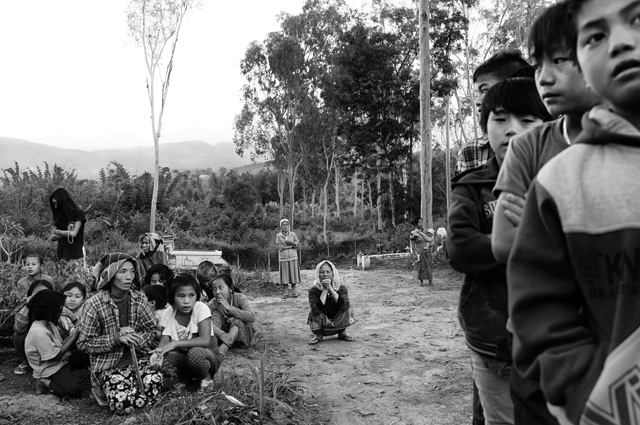
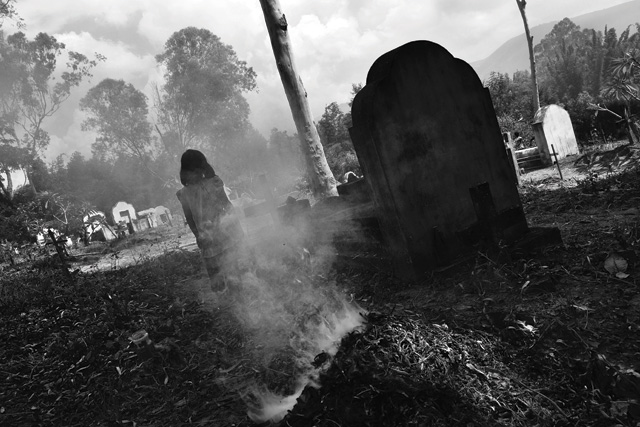
And they certainly do. Healthy residents wake up early each day to tend livestock, work in one of the colony’s three organic vegetable gardens or cut bamboo that will be used in construction. Elderly residents simply do what they can, with many cooking and showering by themselves and keeping their spaces clean.
Leprosy resulted in these people temporarily losing their place in the world. At Naung Kan, living alongside others like themselves, they have finally found a place they can call home.

